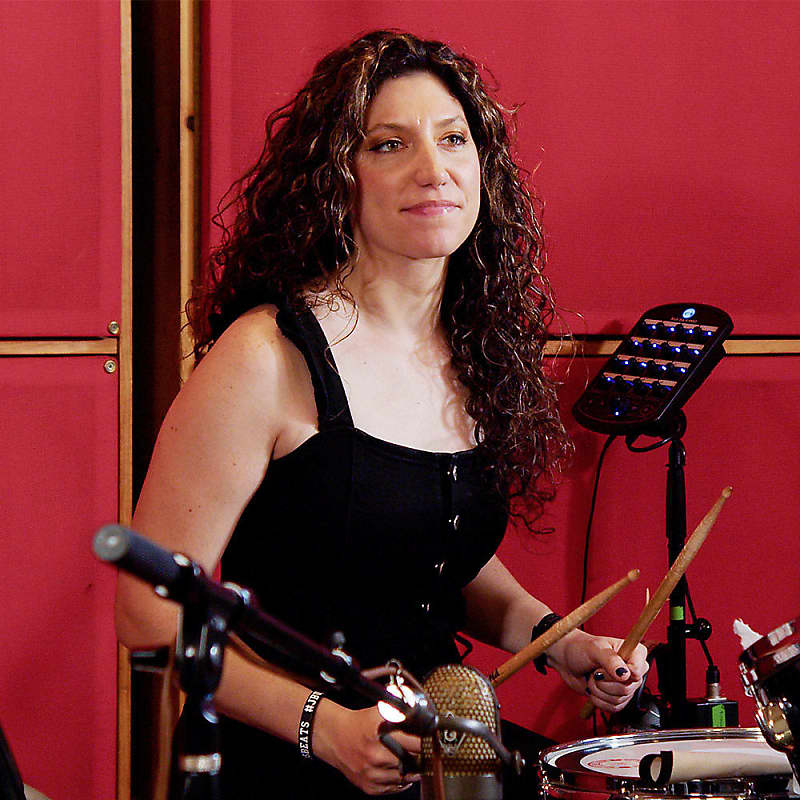This week's episode of our What's That Sound series sees Noam and Jessica recreate a modern classic: Alabama Shakes' 2015 single "Don't Wanna Fight". The track was produced by the band alongside superproducer Blake Mills and engineered by Shawn Everett with Steve Johnson behind the kit. The drums on this track pack a lot of punch with plenty of processing.
To give the kick some extra length and decay, Noam built a "kick cannon" composed of two separate Ludwig kick drums: a Vistalite with the front head removed, and another with a blanketed Fiberskyn head. He placed a pair of microphones (an AKG D112 and a D12) in between the kicks to capture the attack. We also experimented with placing a FET 47 clone on the outside for a little more rumble, but it didn't make the final mix. As for the snare, a Ludwig Supralite treated with a Big Fat Snare Drum Donut & Tortilla, we placed a pair of Shure SM57s on the top and the bottom. However, the bottom mic was placed so that it captured the hi-hat as well as the body from the bottom up.
Our two '70s Gretsch toms were both captured by their own Sennheiser 421 and were muted with fabric. At first, we tried using a Neumann KM84 on our hi-hats—a pair of Zildjian K-Custom Darks. Ultimately, we ended up using a pair of Mic Shop 47 clones as our stereo overheads, which are responsible for a lot of the sound. Our room mics were a couple of Coles 4038s, positioned in a Blumlein pattern and later blown up through a Chandler TG-1 limiter.
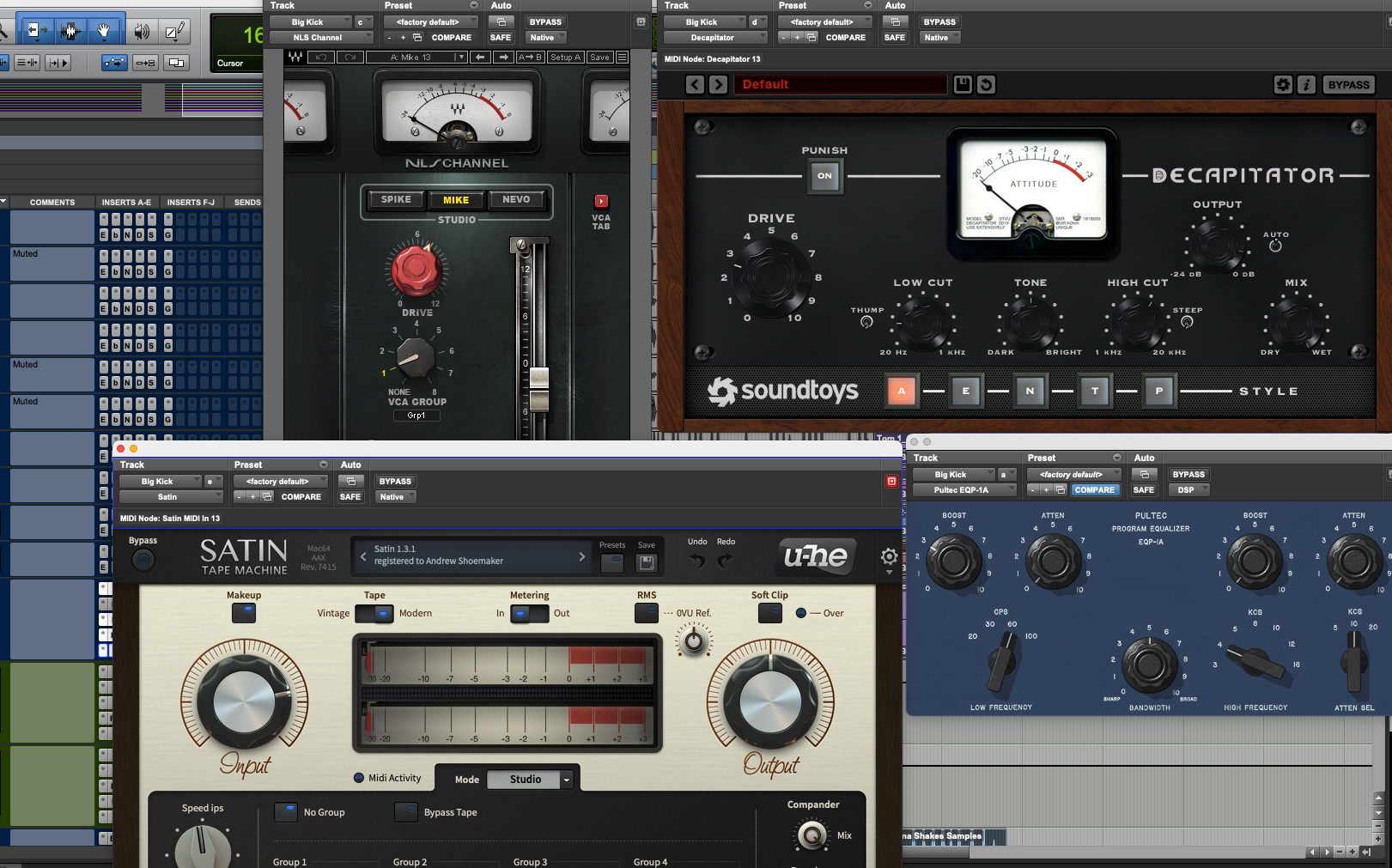
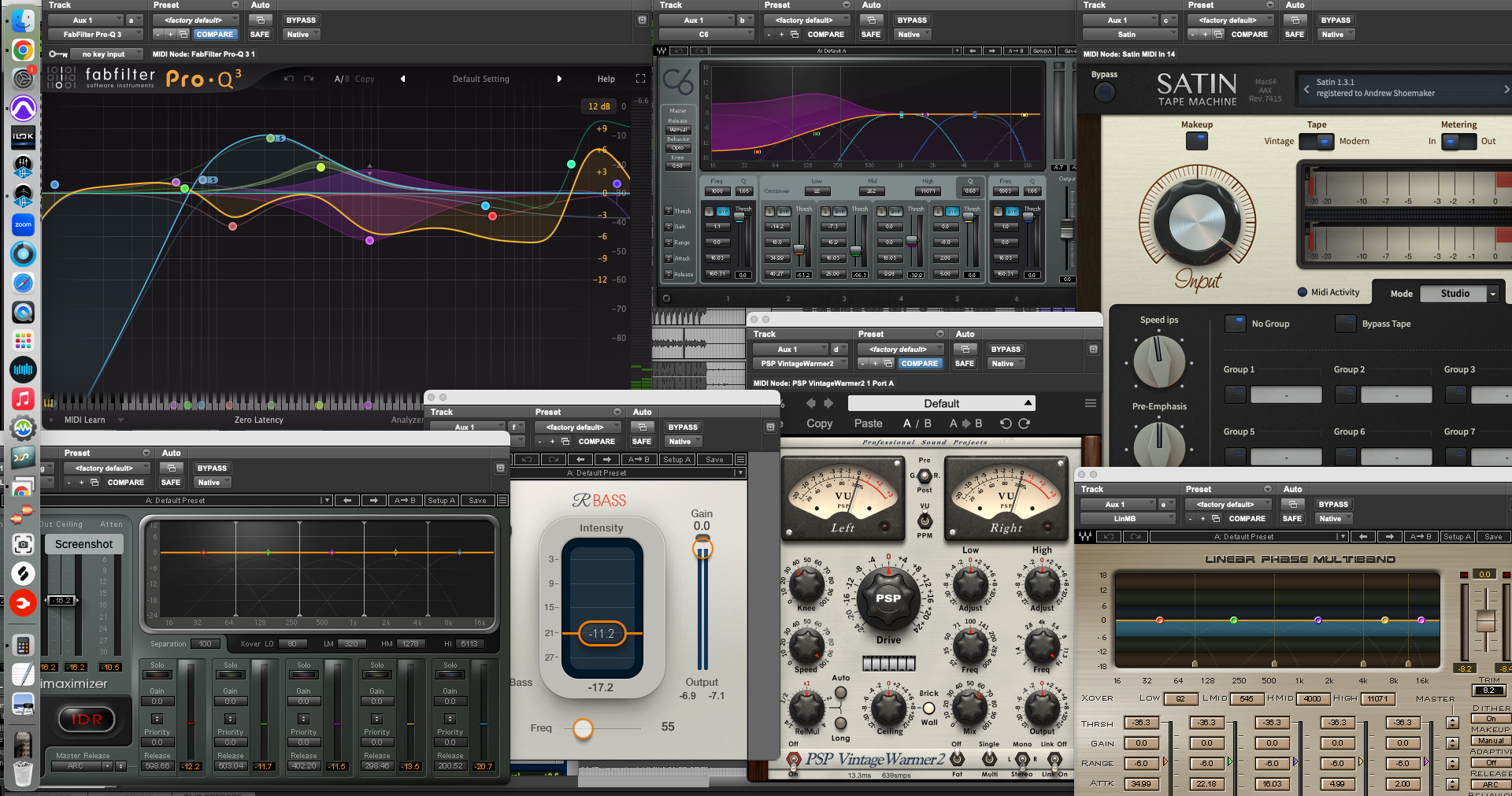
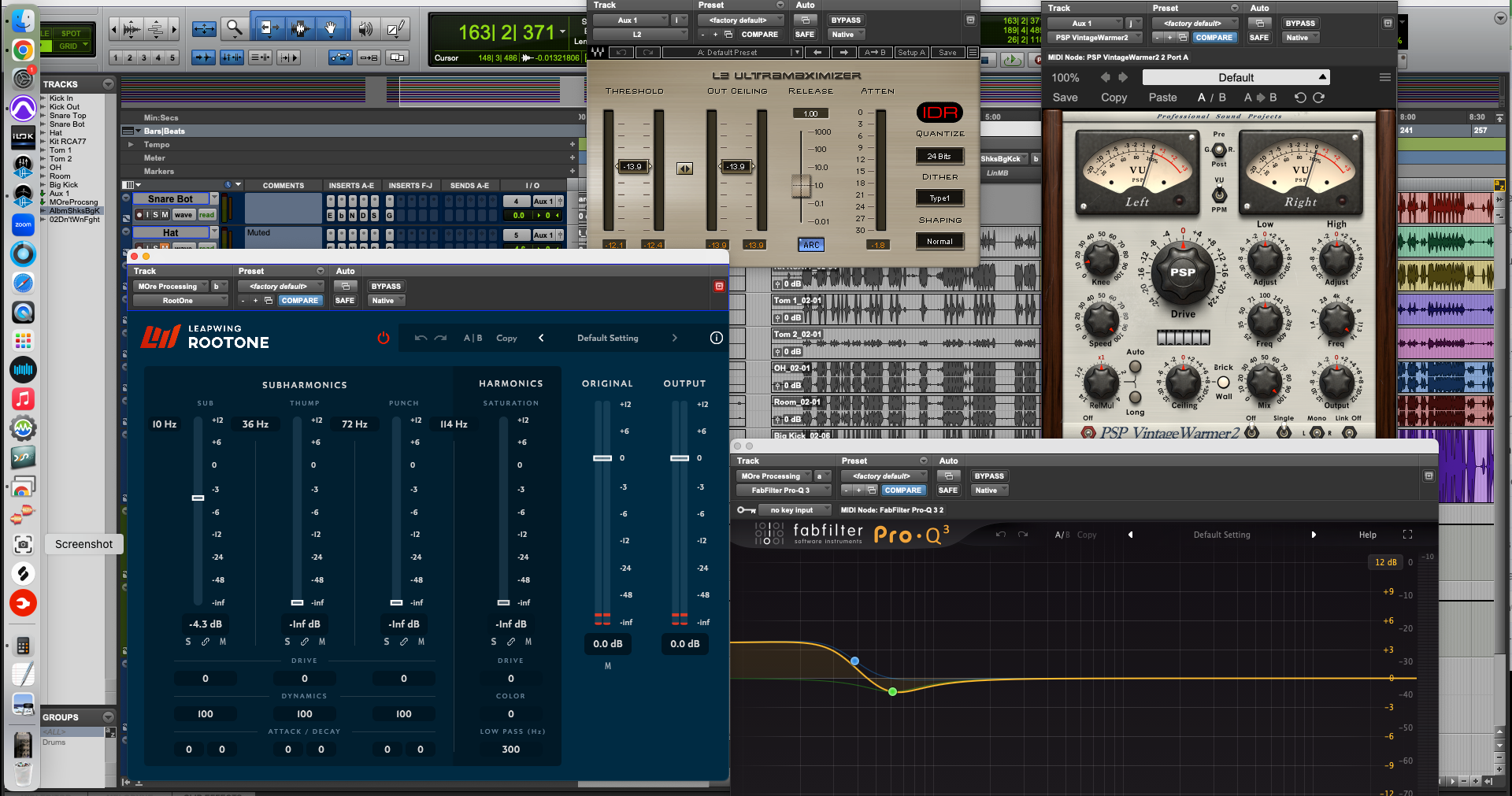
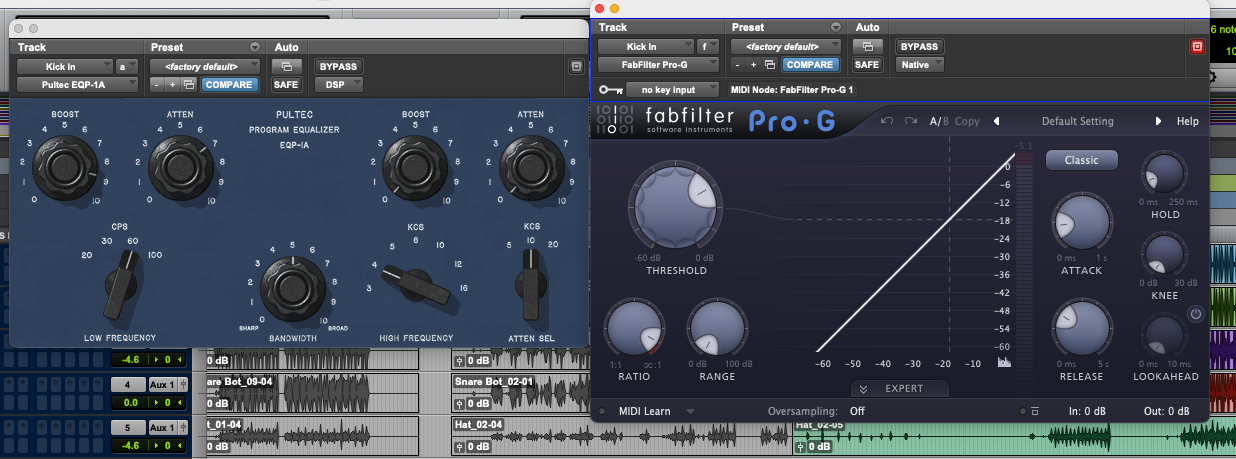
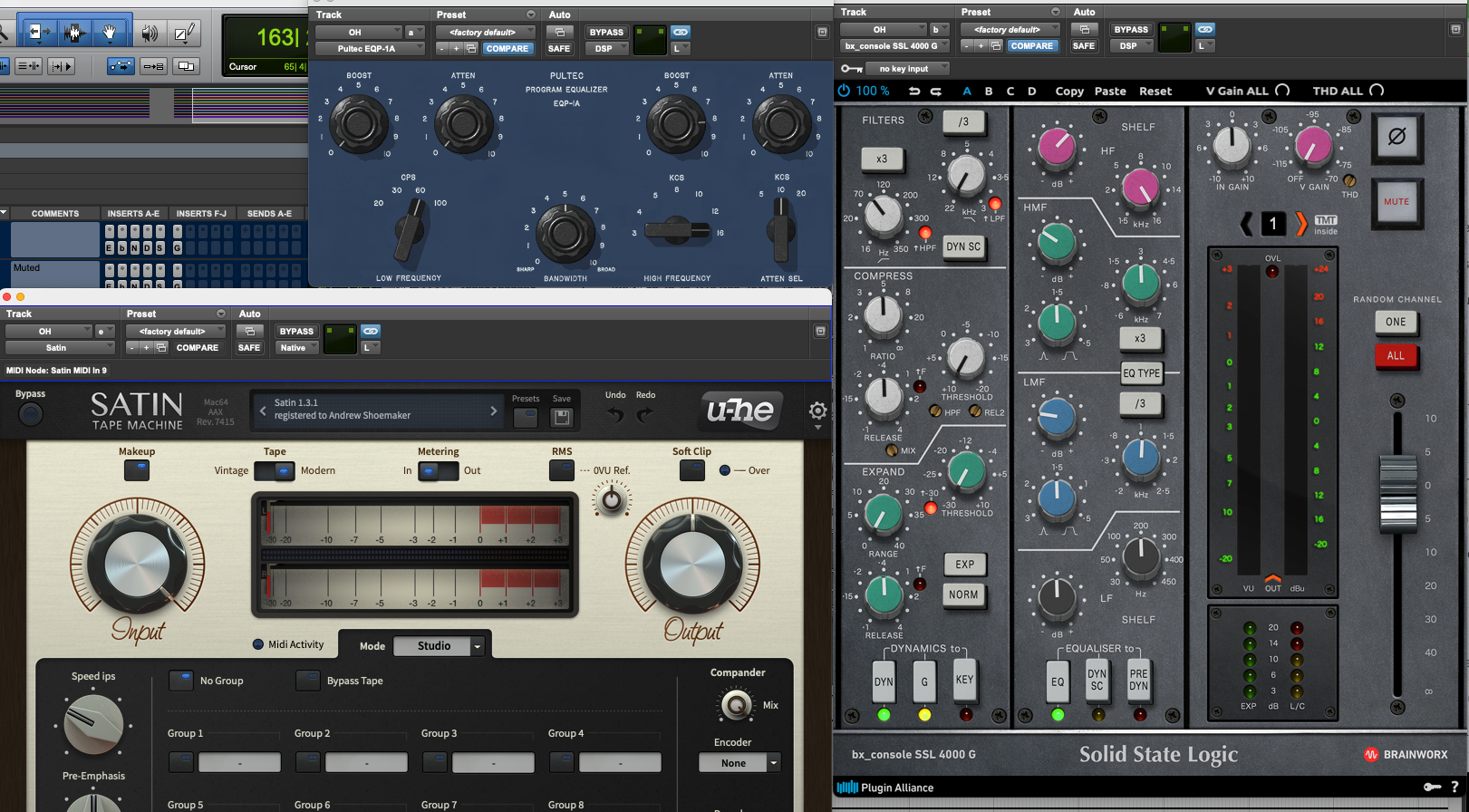
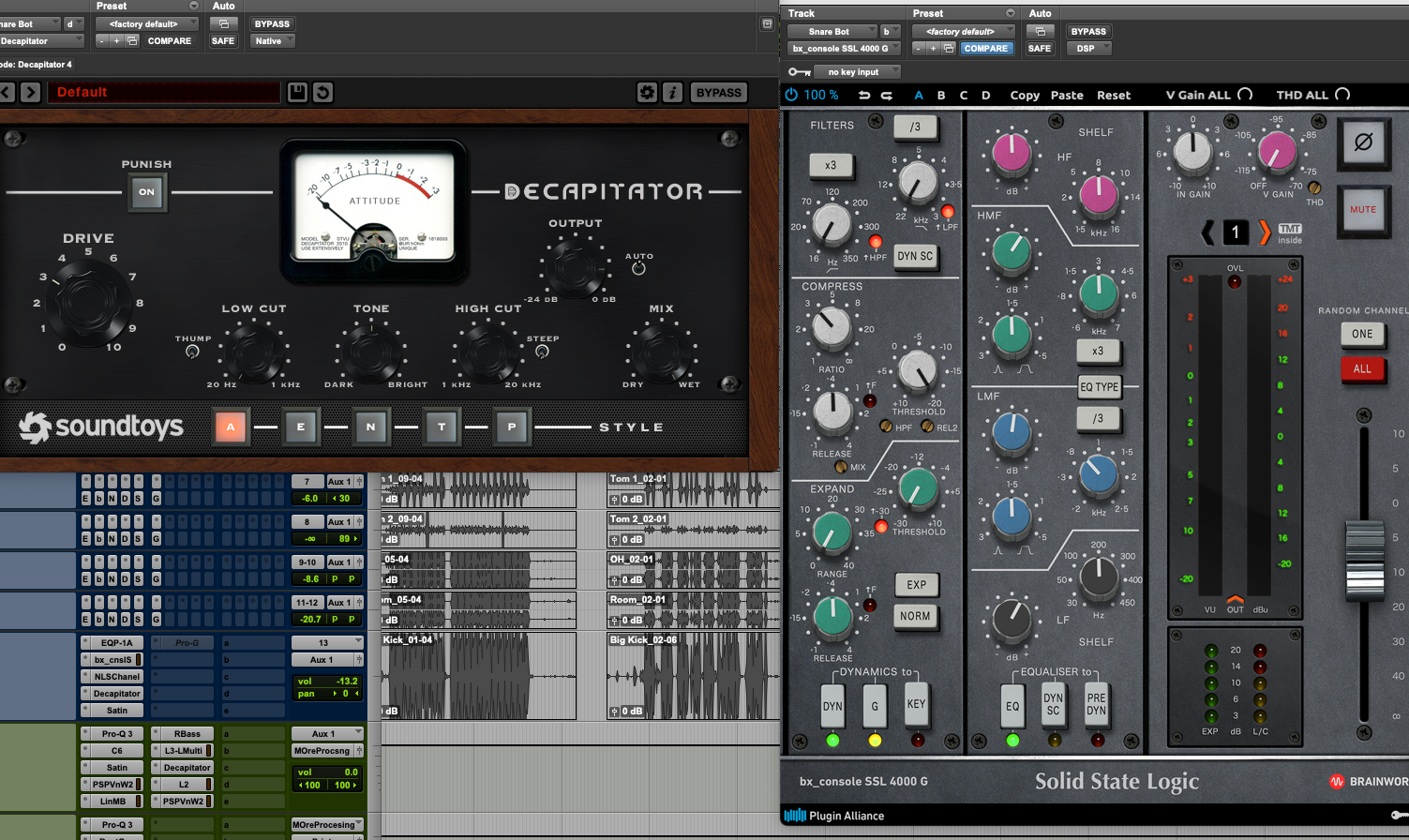
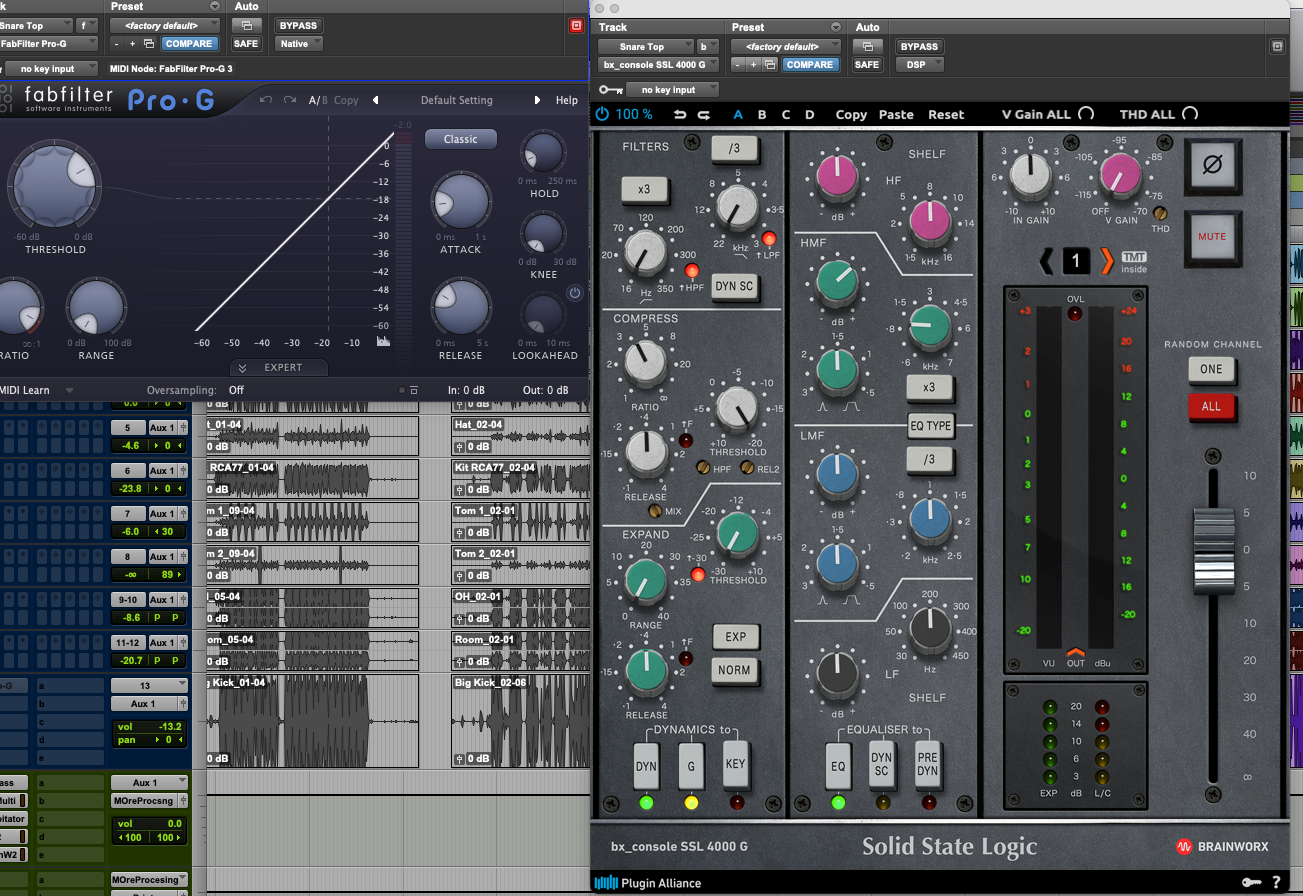

Rather than treating each of the drums individually, the sound was sculpted via the mix bus. After hitting it with some EQ, Noam used an expander to boost the kick drum's low-end and dialed in both the attack and release for some added beef. From there, he worked in some saturation for some gritty character and dynamic control, and tempered unruly frequencies with a multi-band compressor and limiter. He added some synthetic bass with the Waves R-Bass plugin, distorted the signal with Soundtoys Decapitator, and finally topped it off with three separate rounds of compression.
How close did we get to recreating the sound and color of this Grammy-nominated classic? Watch the video above and hear for yourself.

